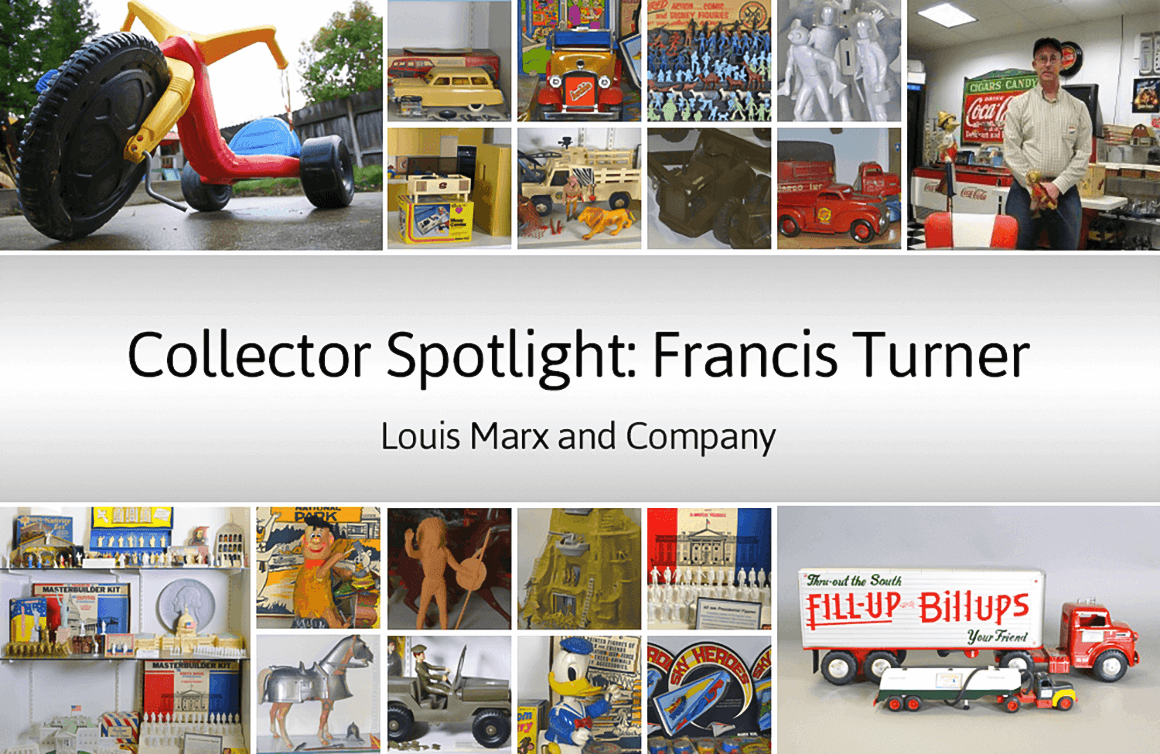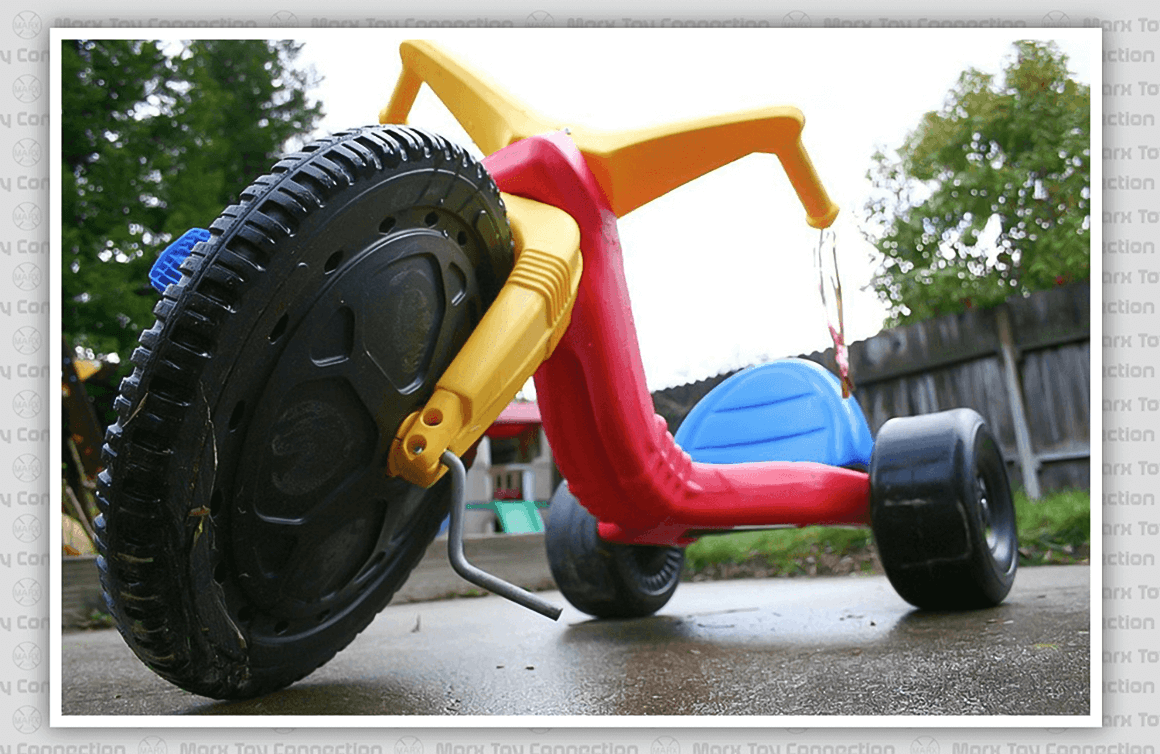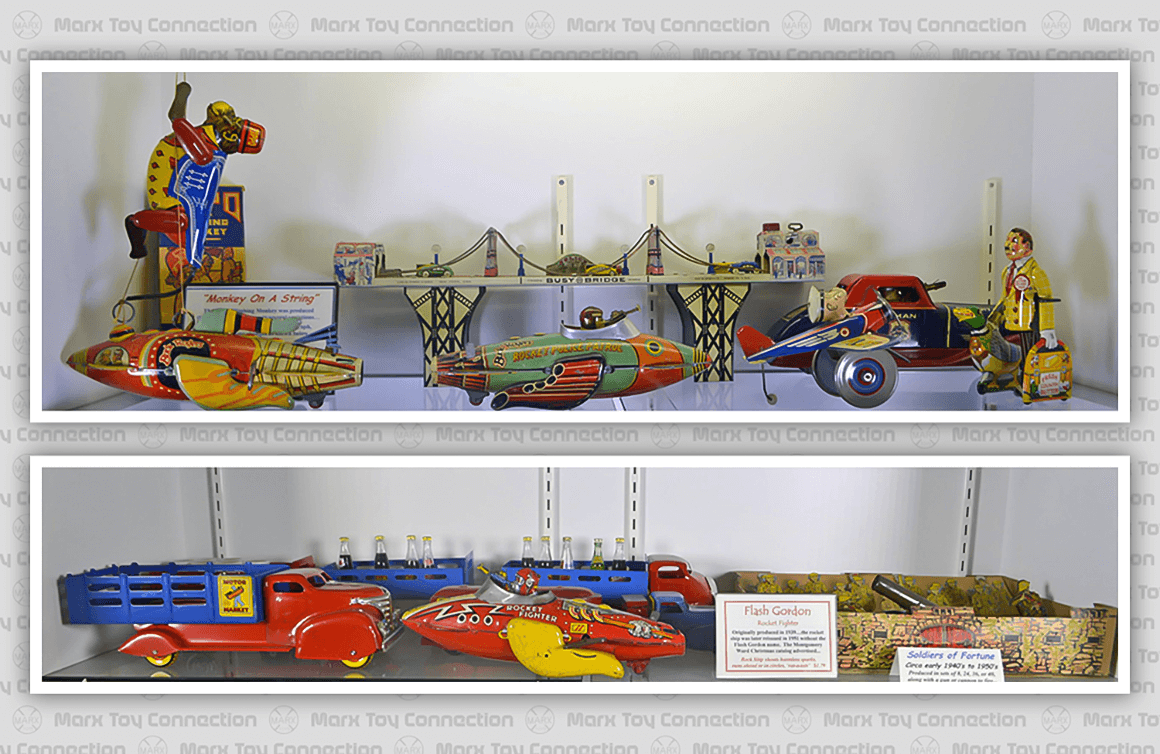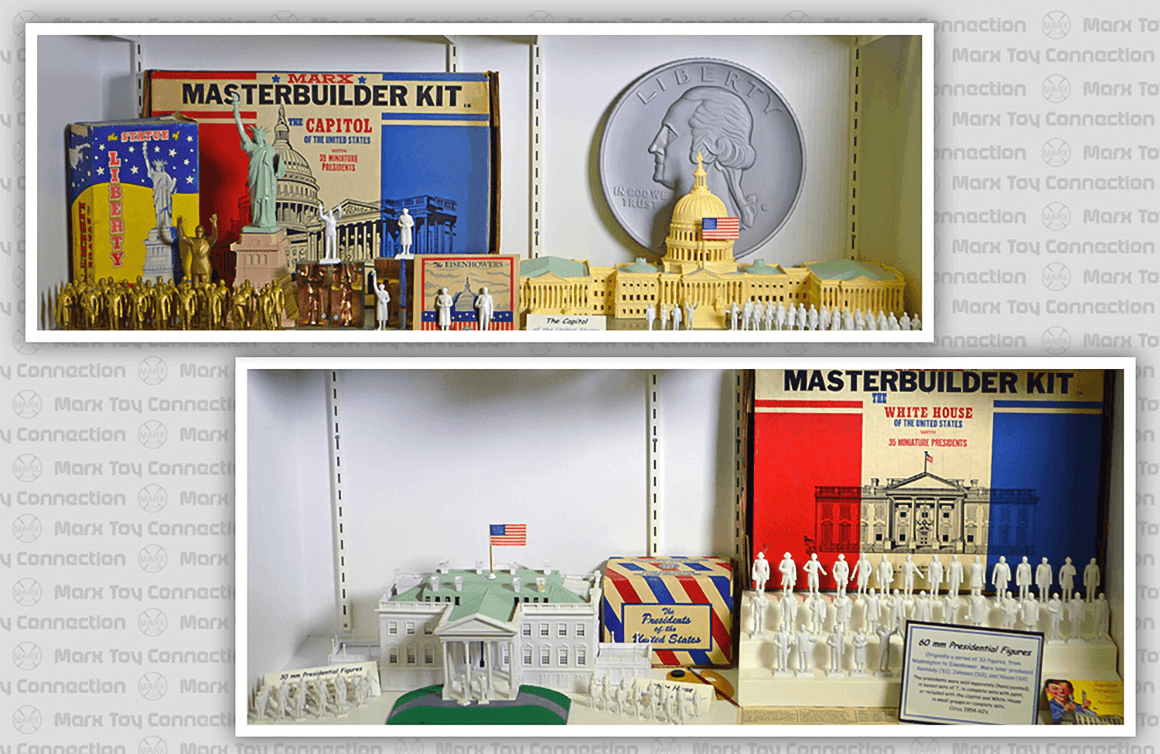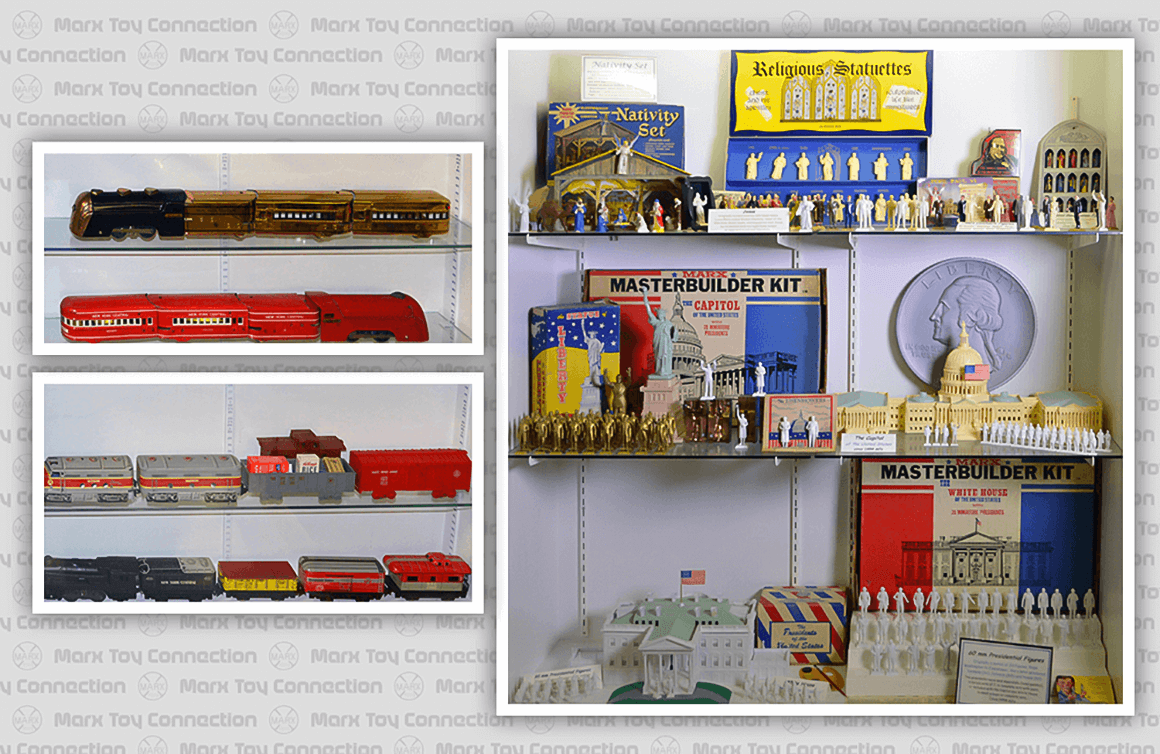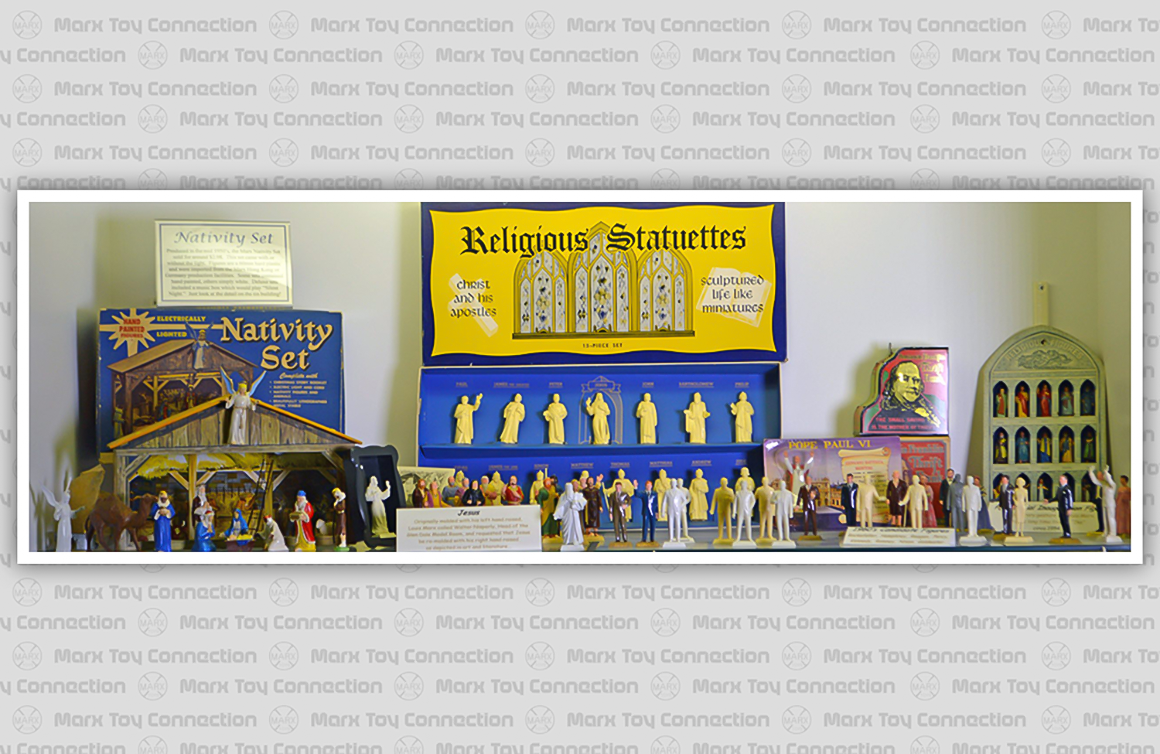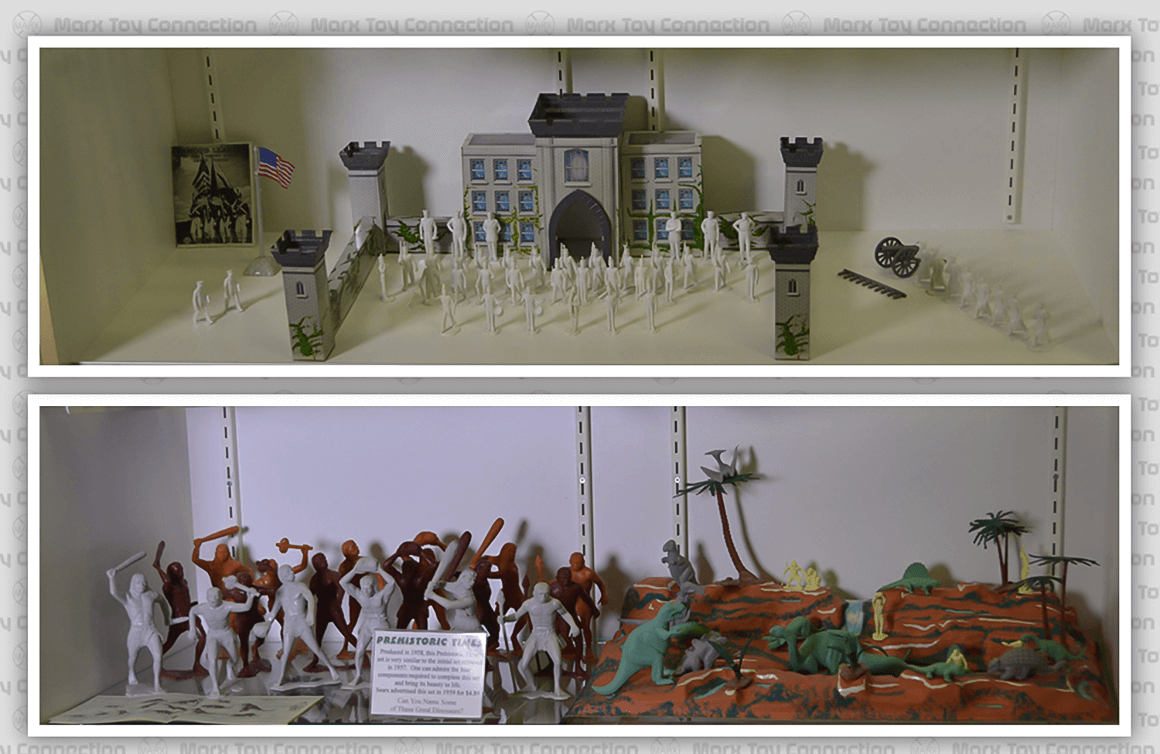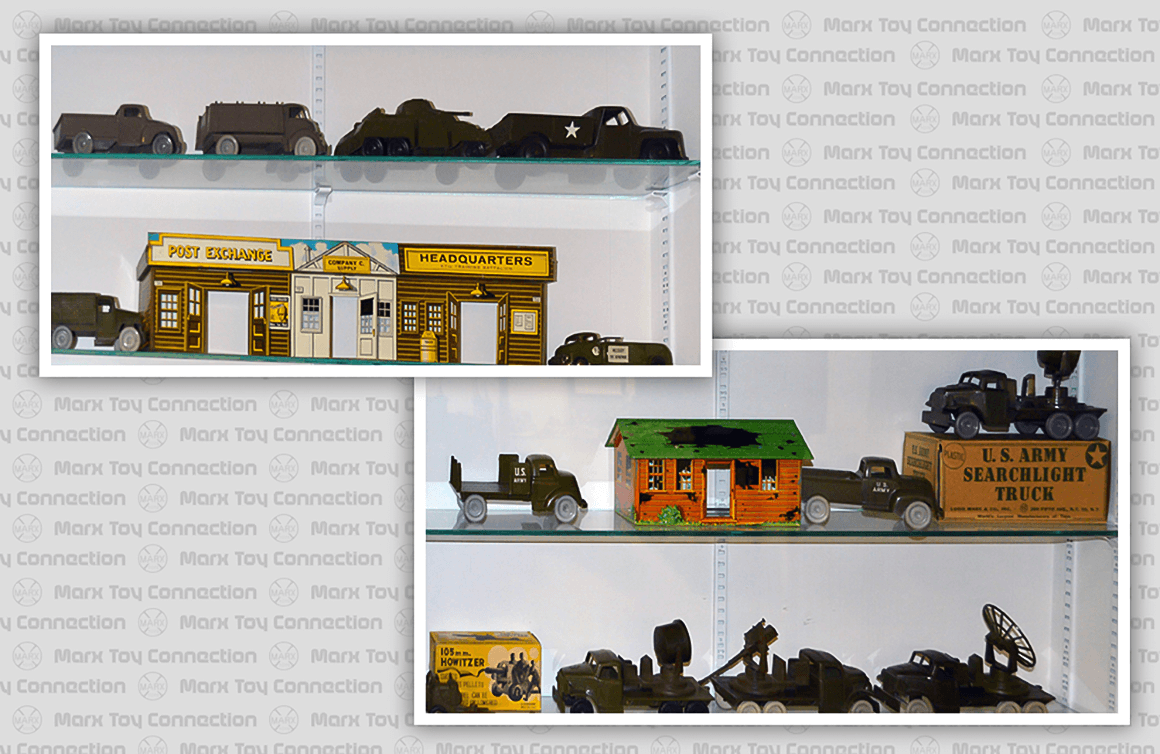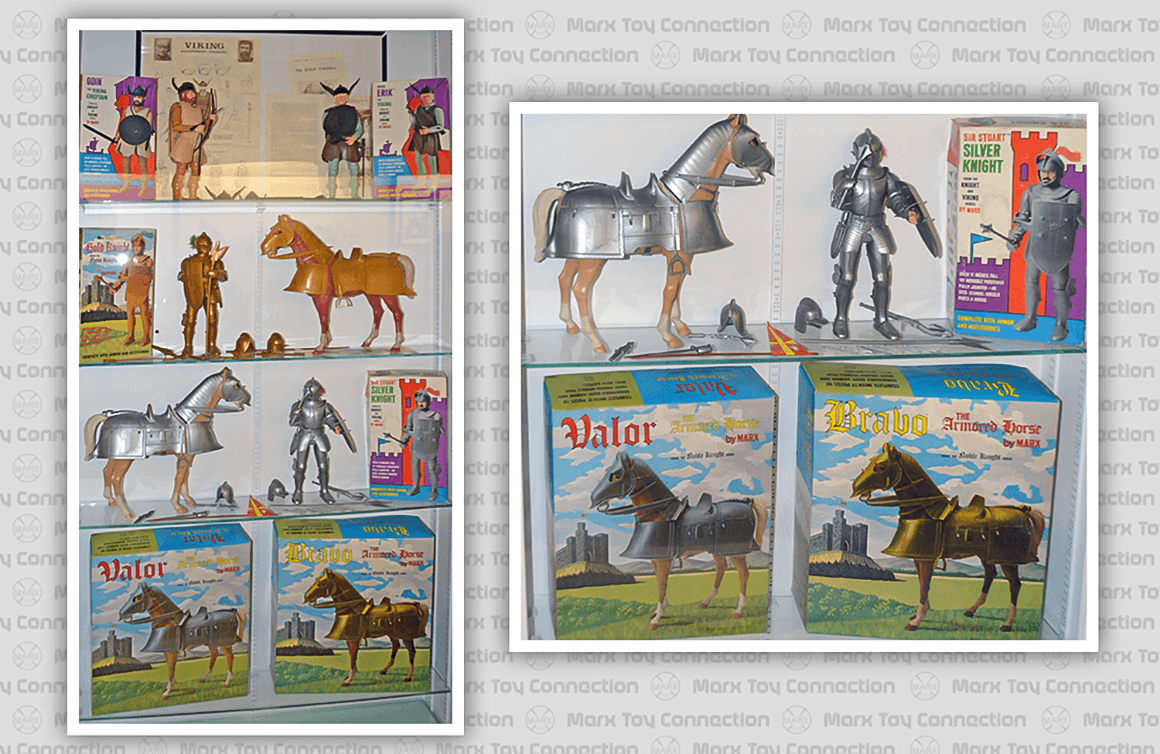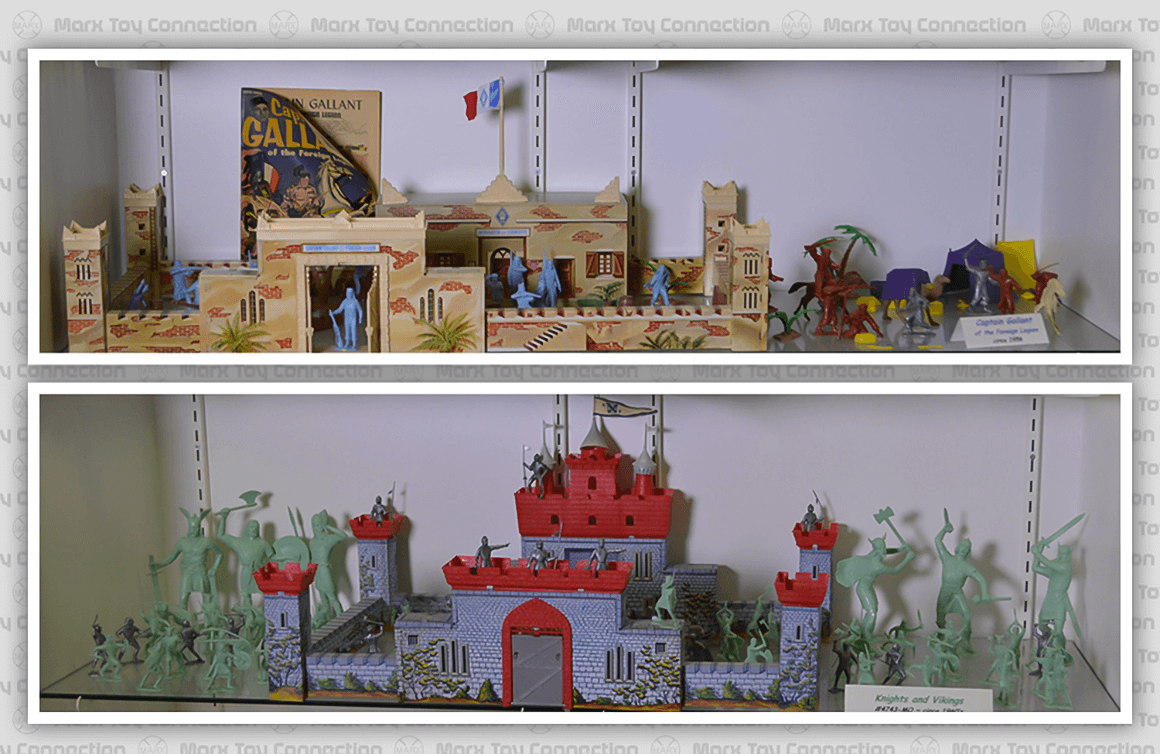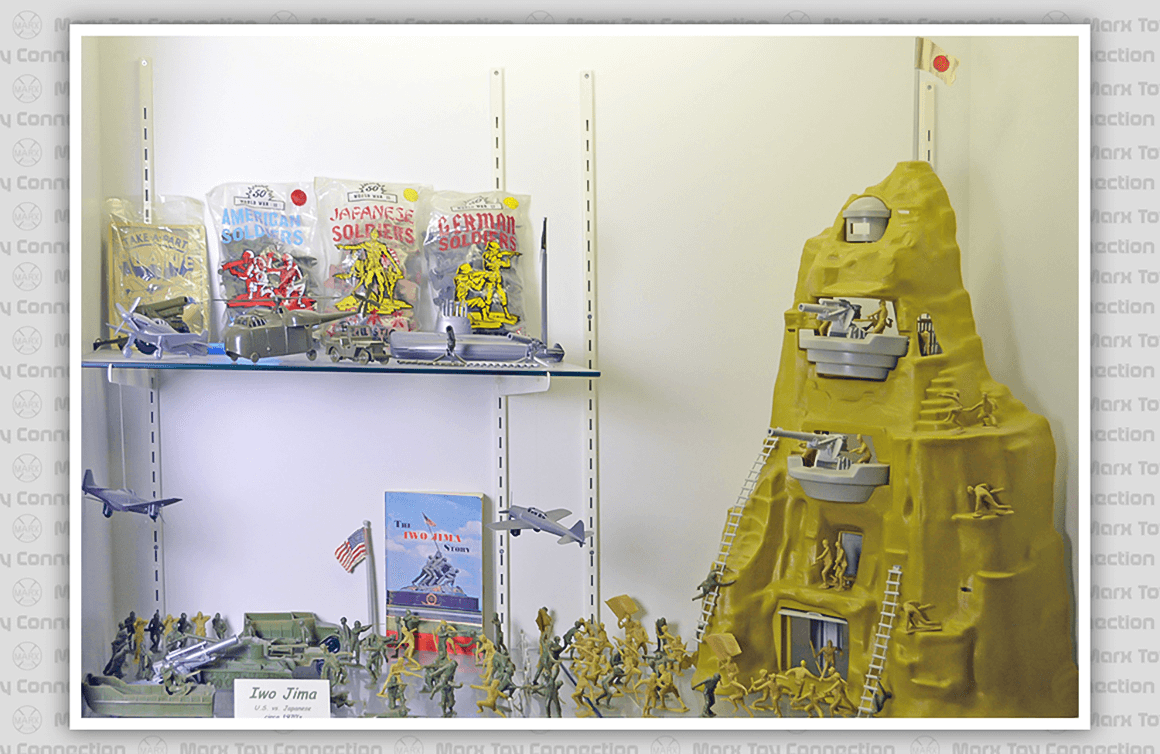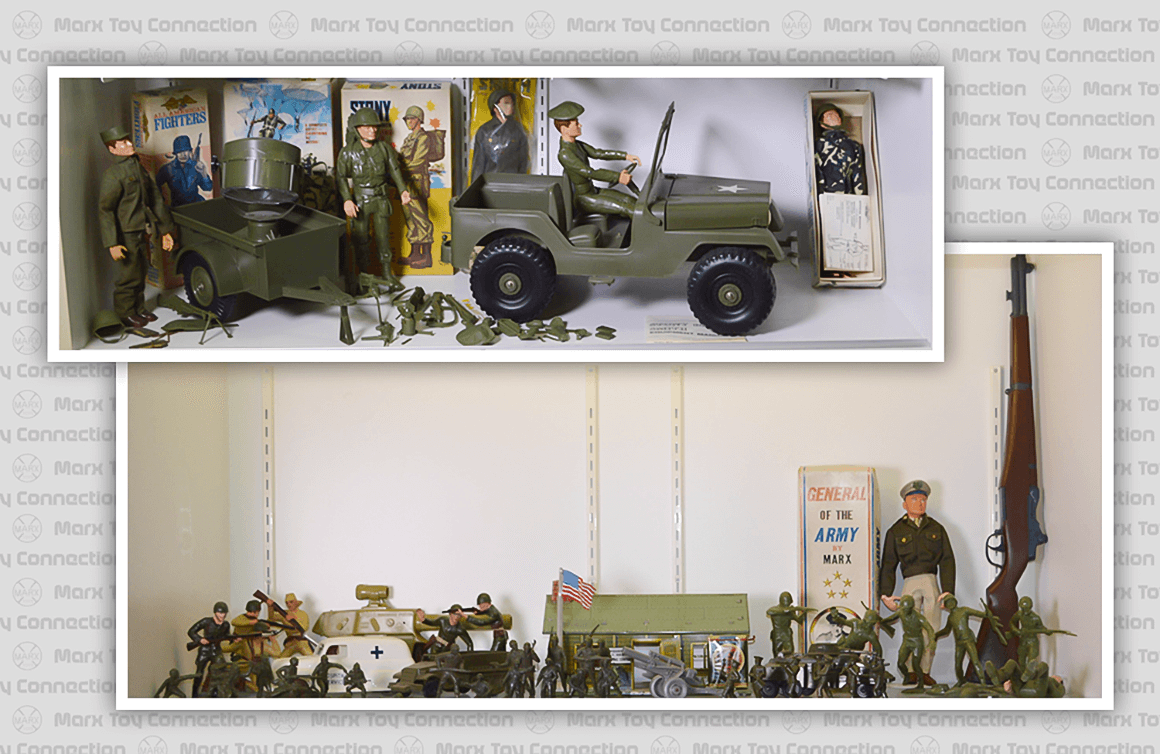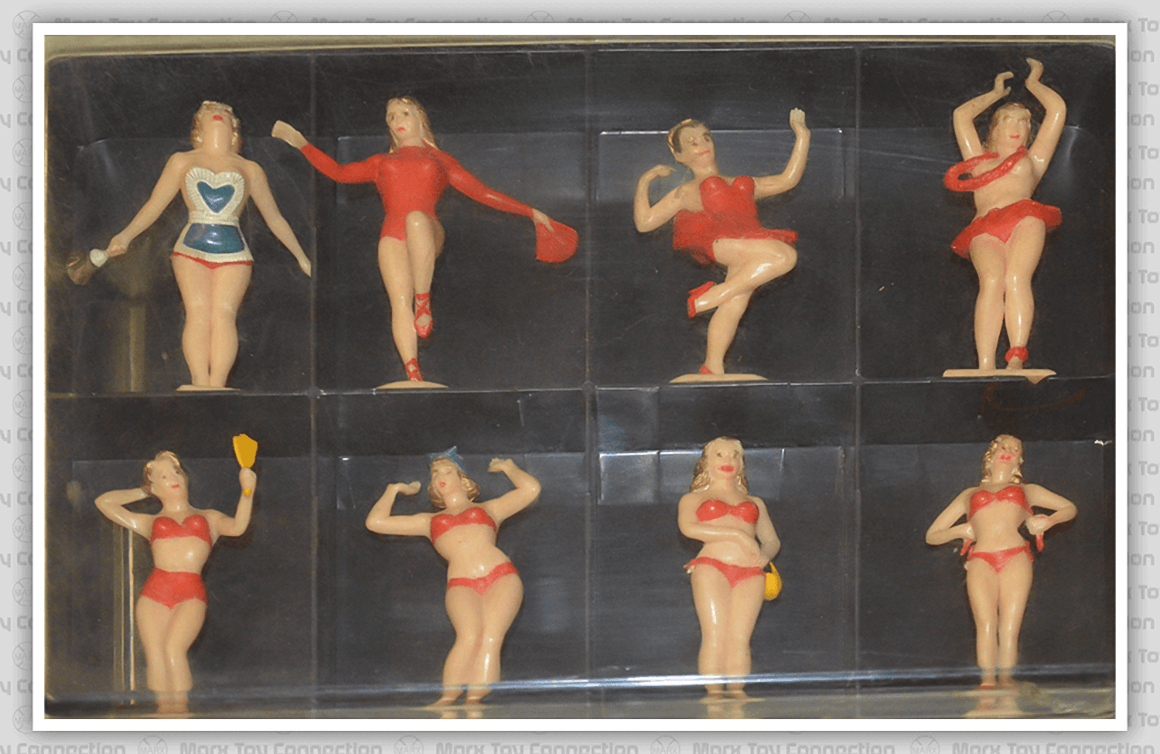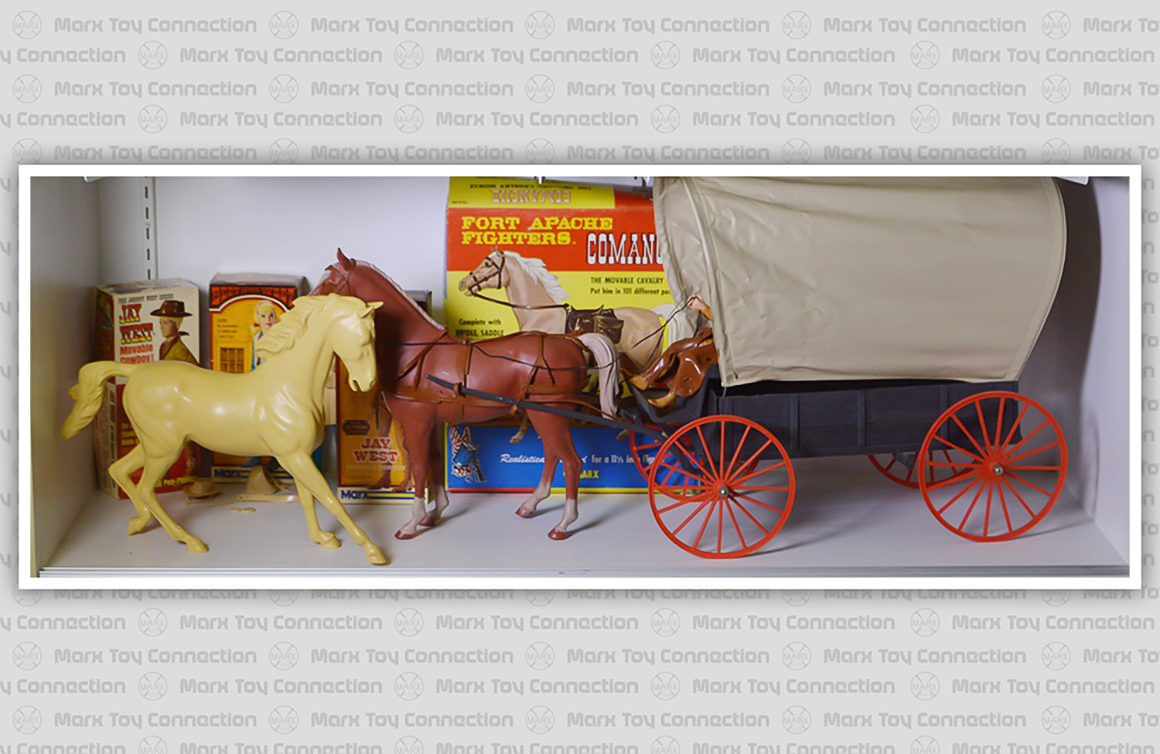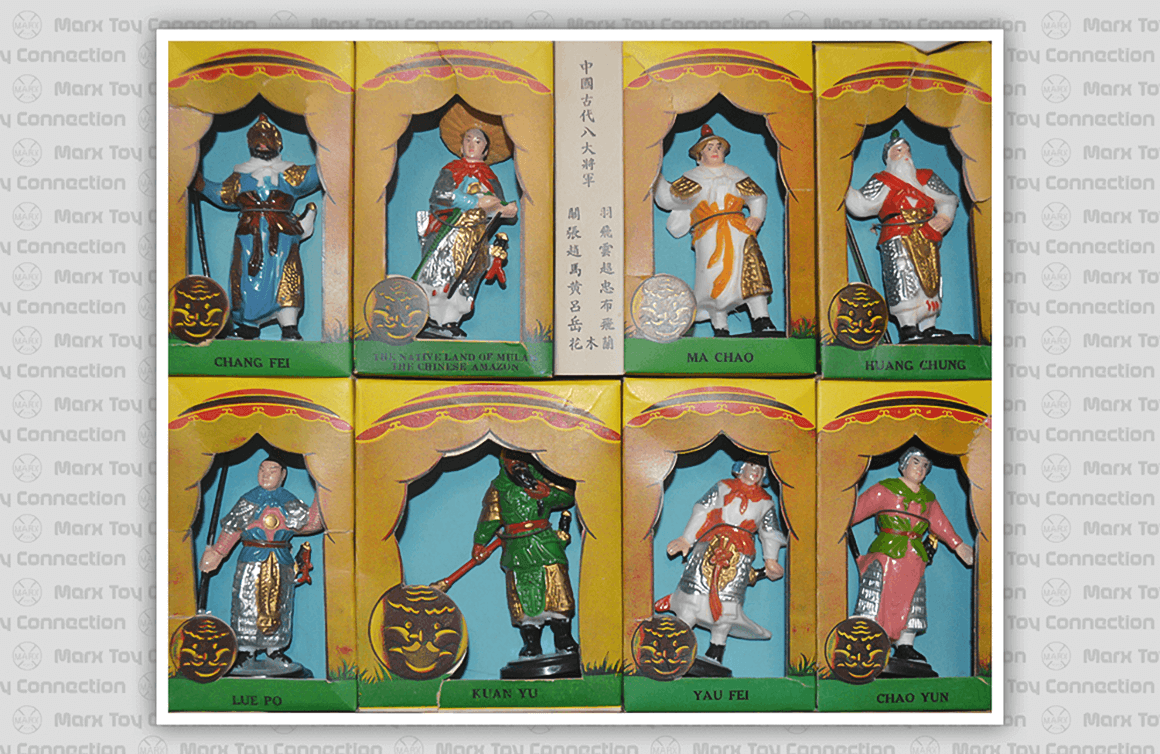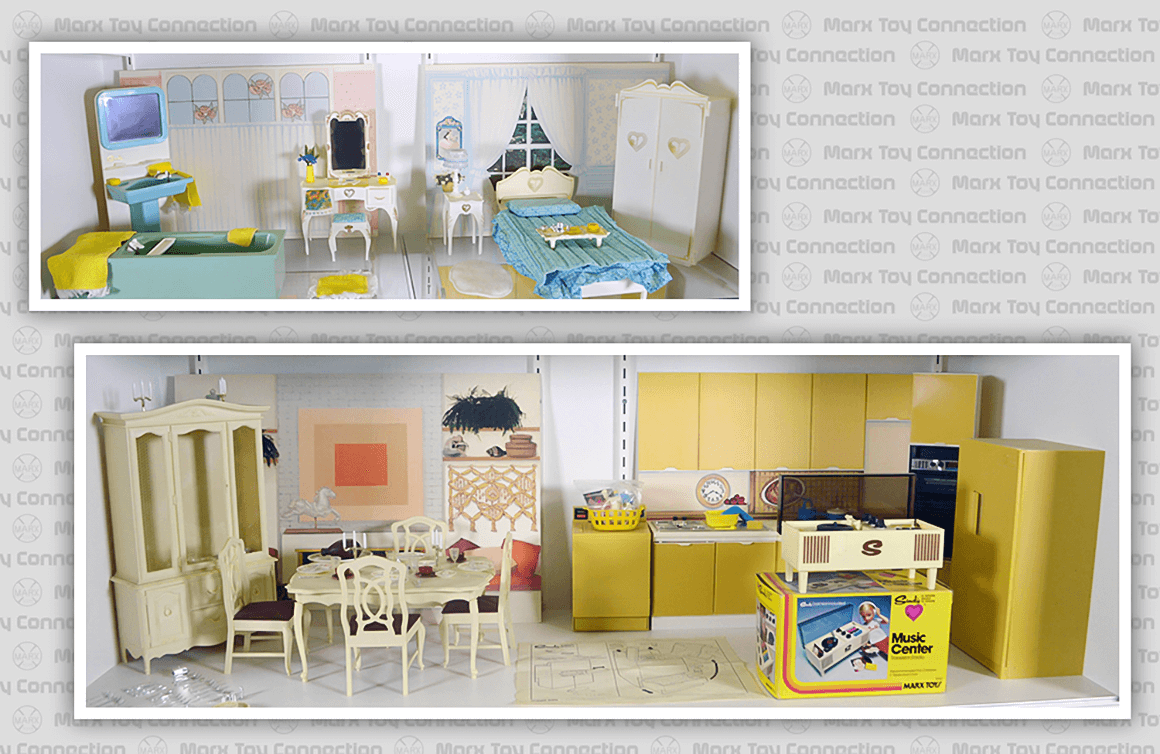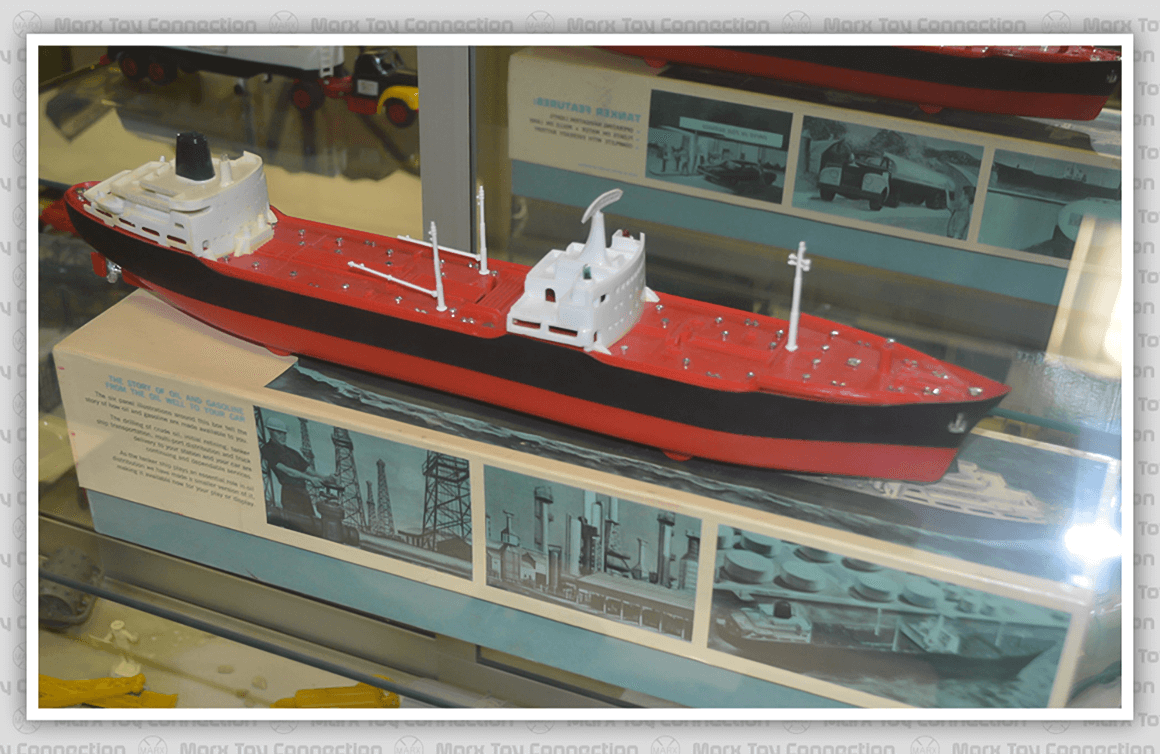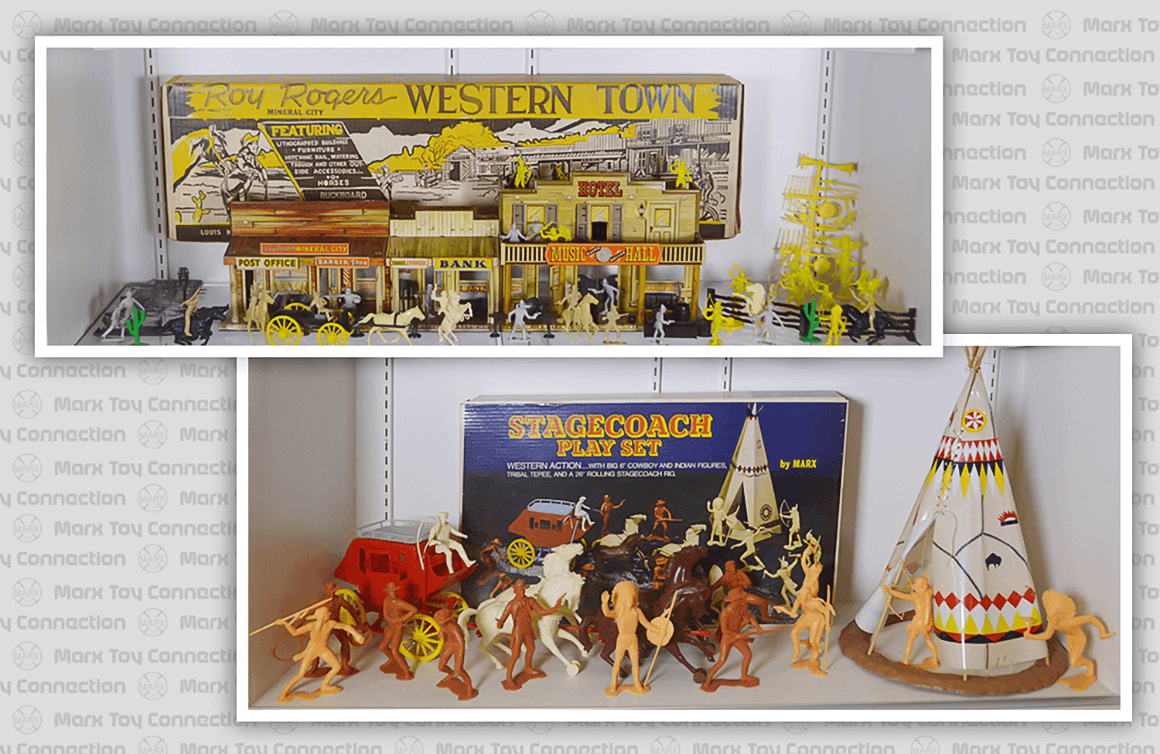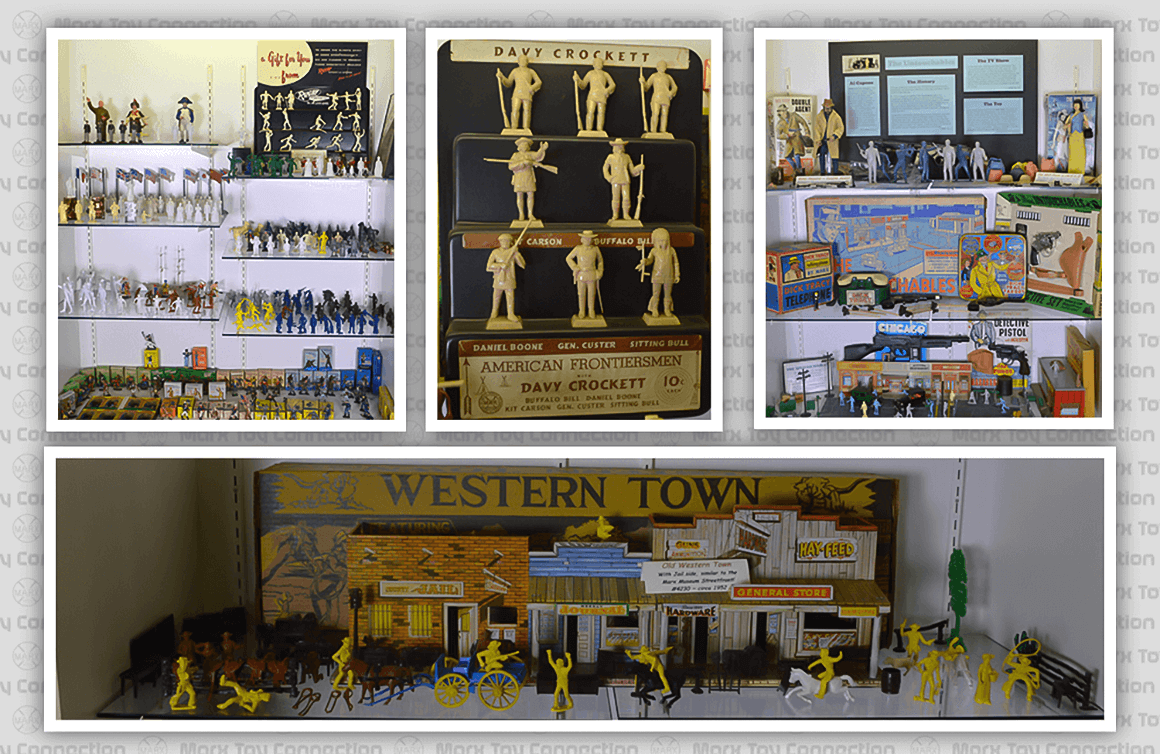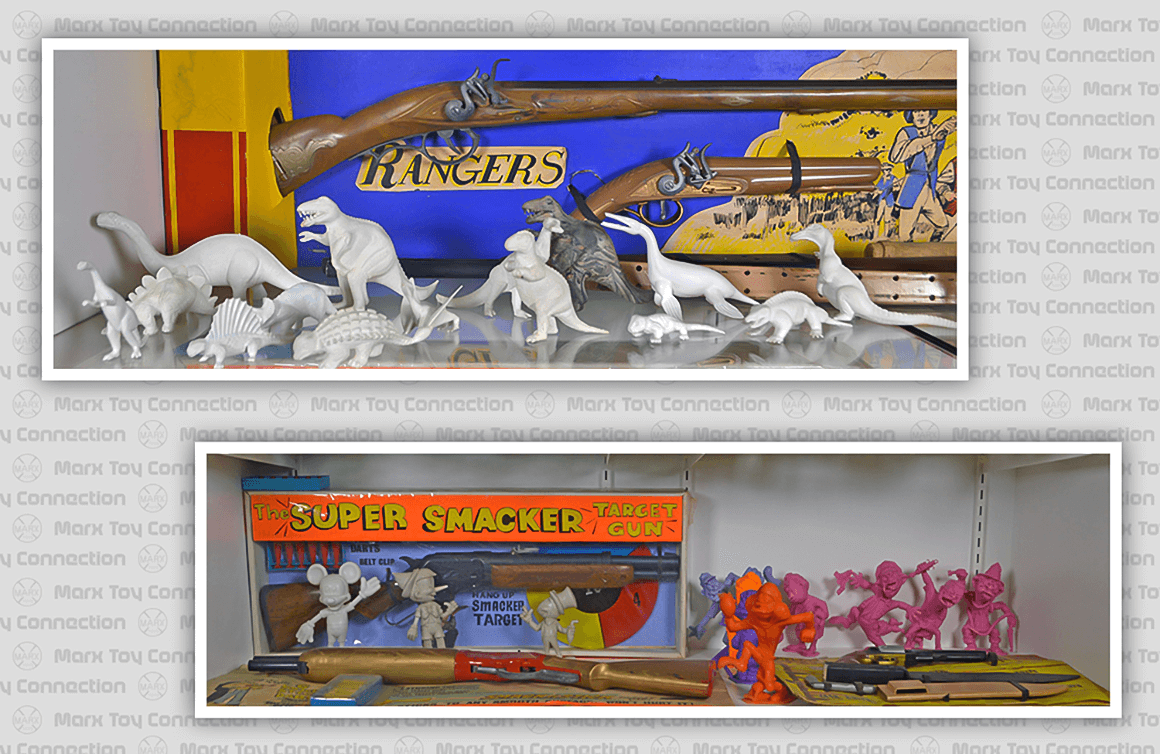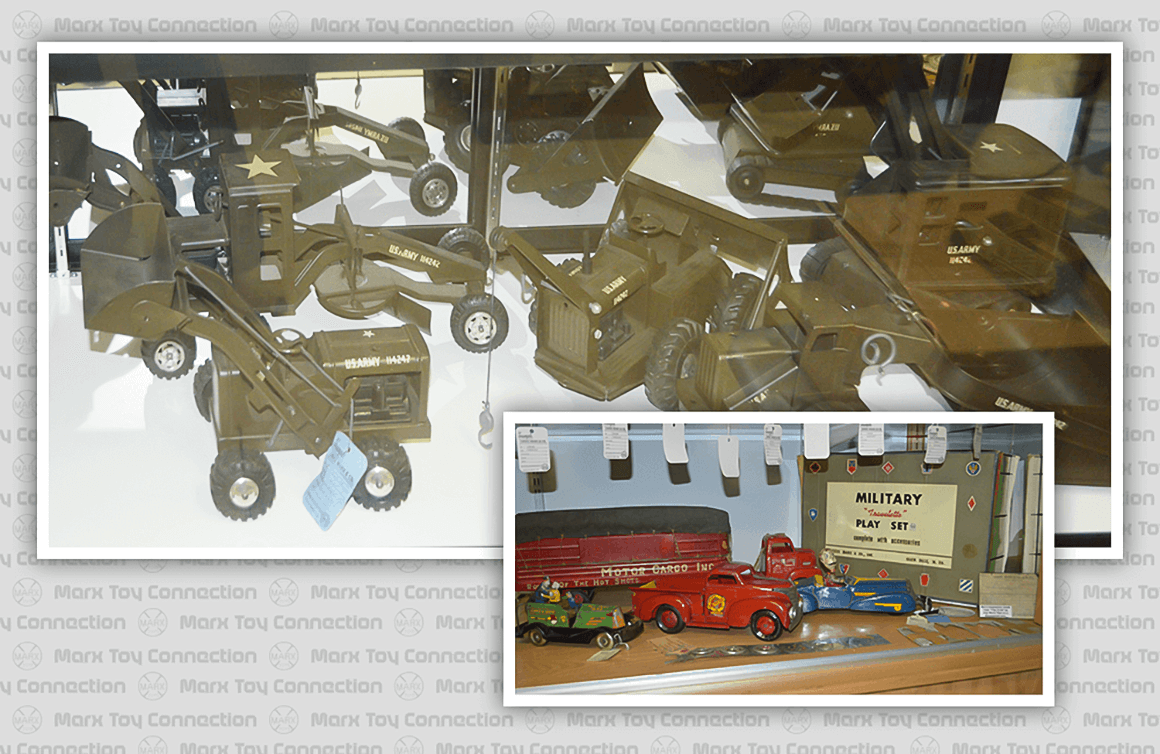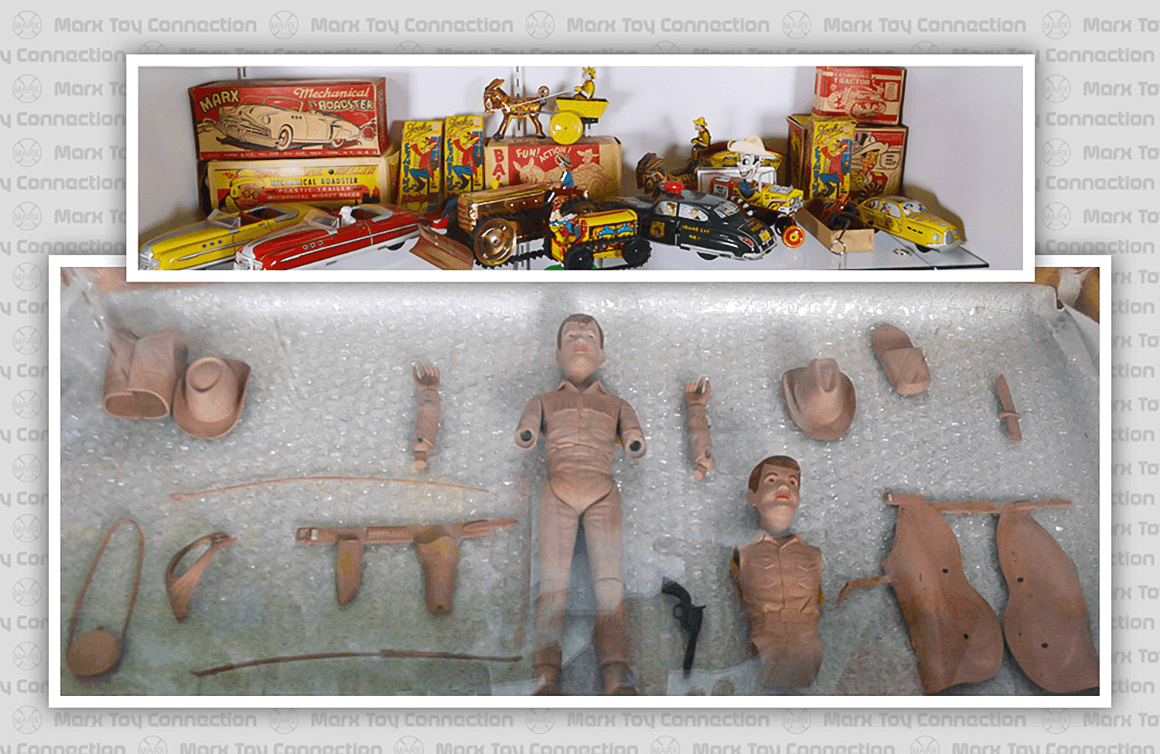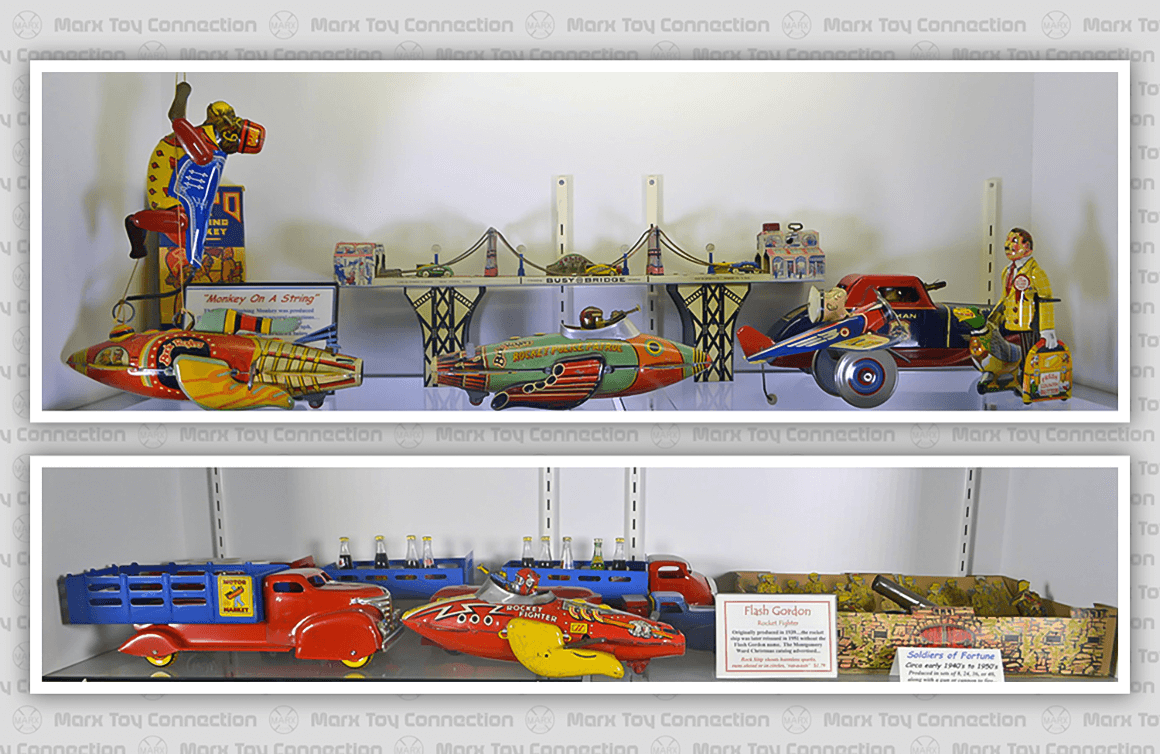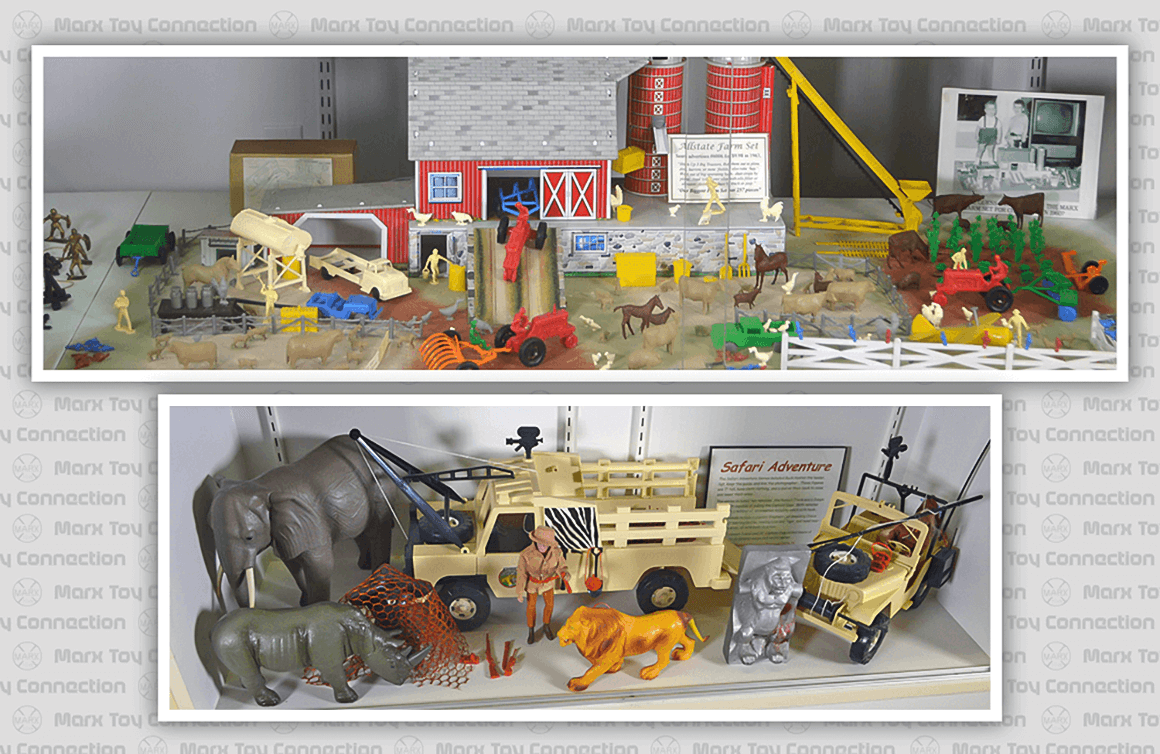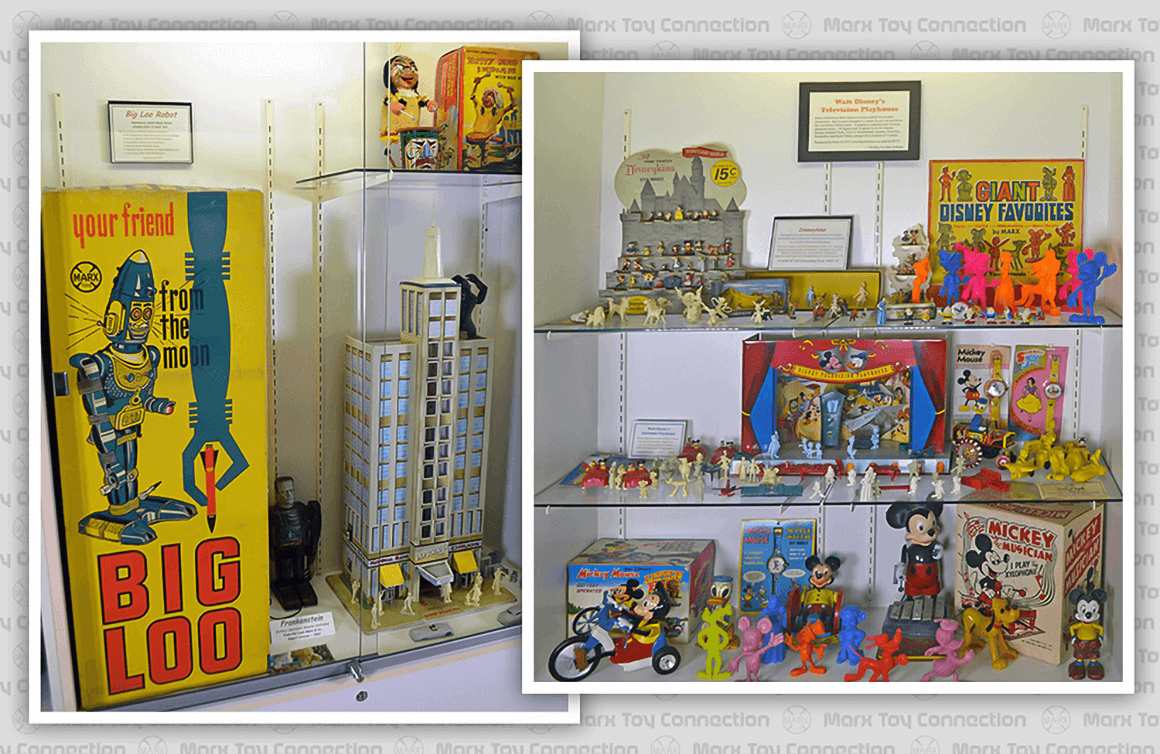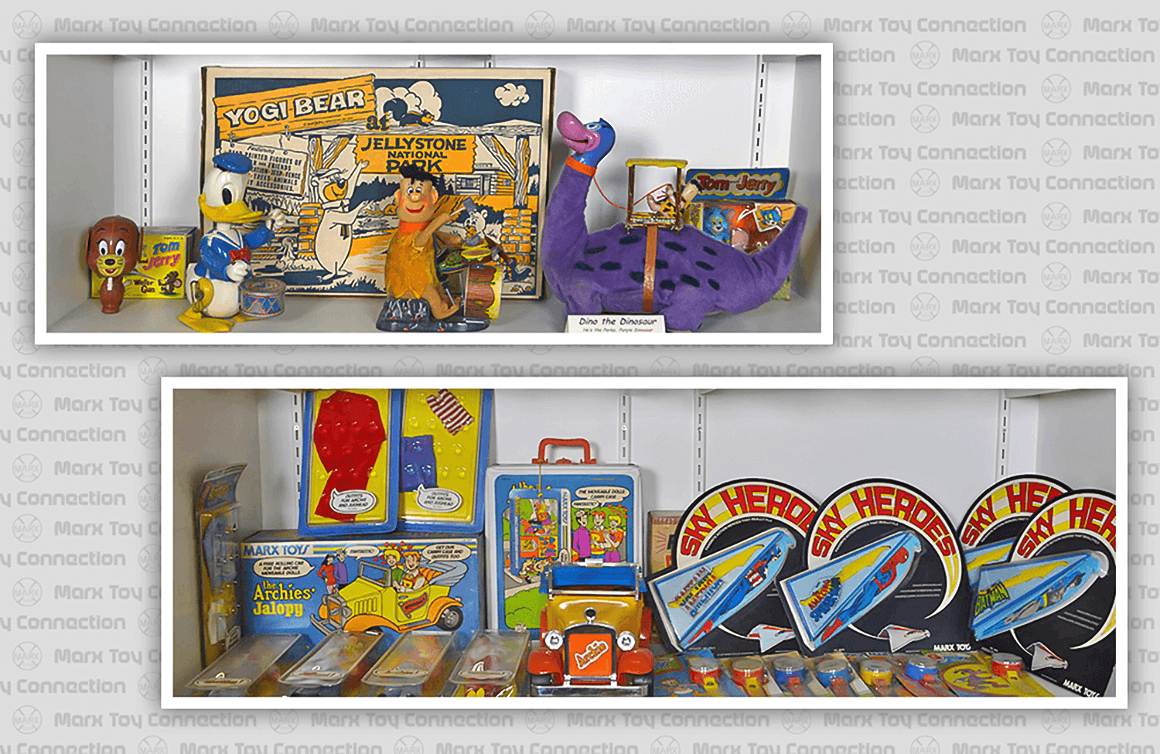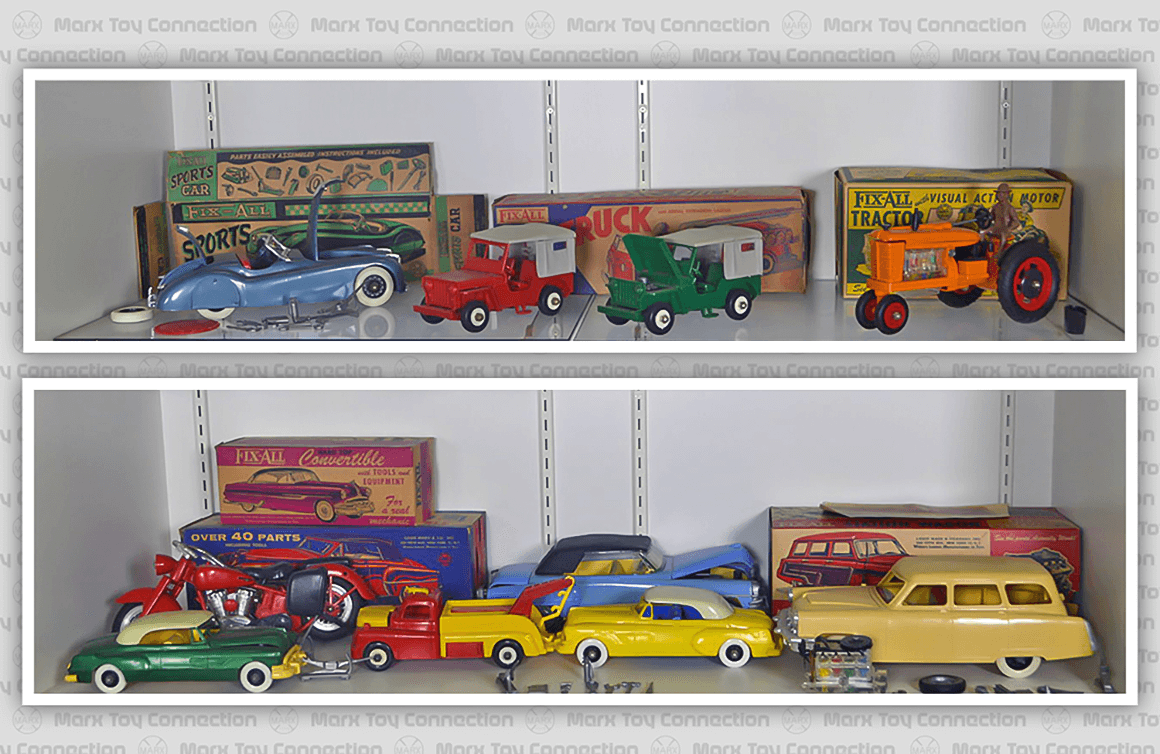How do you describe your collection?
My collection consists of toys made by Louis Marx and Company. They were an American toy company in business from 1919 to 1980. Marx made tin toys, playsets, dollhouses, wind-up toys, action figures, and things like that.
I have thousands of toys, though it is hard to say how many. I have a 4,000-square-foot building that operated as ‘The Official Marx Toy Museum’ for 16 years, a 50-foot trailer, and a home full of toys. I have sold some of my collection since shutting down the museum in 2016, so the number varies.
When and why did you start your collection?
Just being near where Marx was located got me into collecting Marx toys.
I live in West Virginia, just a few miles from where one of the Marx toy factories was located. The museum was in Moundsville and the Marx factory was less than 2 miles away in Glen Dale. I worked as a salesman for a local machine shop — I called on all the steel mills, power plants, and places like that in the region. It seemed like everyone I talked to had a brother, sister, parent, or friend who worked for Marx. The Glen Dale plant was the largest of all the Marx factories employing up to 2,000 workers.
I started collecting in 1988. In 1992, a local arts centre asked me if I could put together a display for the Christmas season. I created a 3-room display that was open for 6 weeks. That’s how I got the idea for my own museum.
It was the local history that really got me into collecting the toys. They’re also bright and shiny and everything I wanted but never had when I was a kid. I also collect the history of Louis Marx and his company, not just the toys. I have Louis Marx’s 1958 passport. In the area where it asks who to contact in case of an accident or death, it lists President Eisenhower, location…the White House.
Louis Marx was great friends with a lot of well-known people, including military generals. Many of his sons from his marriage to Idella, his second wife, are named after 4- and 5-star generals who are godfathers to his children.
I have a hand-written letter from Alfred Gruenther — a United States Army 4-star general — to Idella thanking her for making him a godfather. I also have Marx’s personal address book that includes generals and people such as Jack Benny, Walt Disney, Henry Ford, Richard Nixon, Bob Hope, Arnold Palmer, Ed Sullivan, Nelson Rockefeller, and many more. Pretty cool.
How do you display and store your collection?
I don’t have a specific way to track my collection. I really do not. I wish I did.
I have a couple of display cases at home and some of the collection is packed in boxes.
I still have the museum, even though it isn’t open to the public. We opened in 2001 and operated for 16 years. From the time you walked in the door to the time you walked out, it was solid toys. Toys were everywhere — the cabinets were overflowing.
People came and stayed for hours in the museum. While much of the collection was behind glass, we had play areas where people could handle and play with some of the toys. We had a western room that was created to look like the street front of a western town complete with porches and saloon doors. This is where we kept the western-themed toys.
There were movies playing in the museum, such as a tour of the Glen Dale Marx toy factory and a history of Louis Marx. The gift shop was created to resemble a 1950s diner. When visitors to the museum were done with the tour, they could buy popcorn, sit down, and watch old television commercials.
In 2009, Louis Marx, Jr. visited the museum. He came with his friend, Dan Lufkin. We picked them up at the local airport — Dan owned his own plane — and went out for lunch and then to the museum for the afternoon. Before they left, Louis Marx, Jr. volunteered to donate money to the museum and Lufkin said he would match it. We needed to become a non-profit museum first. They paid for the lawyers to help us with that. Marx Jr.’s accountant said that Marx Jr. was the most generous person he had ever met.
What do you consider to be the Holy Grail of your collection?
In my top 10 would be Big Loo, the giant moon robot. It stands about 36-inches tall. It’s in mint condition and still sealed in the box, never opened.
If you’ve seen the American Pickers episode I was in, you’ll see duo Frank and Mike ask me about Big Loo, saying they’ve seen the toy for $300 or $400 dollars. I explained that I do have some Big Loo toys of that value but they are not in very good condition. I then took them over to the mint Big Loo and explained that it would sell for about $18,000. Mike turned to Frank and joked, “Would you rather have Big Loo or a motorcycle”?
Mike asked if he could touch Big Loo. I said, “Nobody touches Big Loo”. Everybody thought that was funny. I had t-shirts created with that statement and sold them online. They were a big hit.
Big Loo was one of the most famous toys in the museum, but I also had the Ben Hur and Gunsmoke playsets. We had over 125 complete playsets on display.
I share a story on Marx Toy Connection about fountain pens in the collection with historical significance. The pens were used by General Walter Bedell Smith — also the godfather of one of Marx’s sons — to sign the surrender of Italy and Germany during WWII. The pens were then presented to Louis Marx.
I have been very fortunate in finding items for my collection. The only items I can think of that I don’t have that I am still looking for are the Louis Marx fantasy figures, I think they call them. They are figures made to look like Louis Marx but created in the likeness of Sherlock Holmes, Buddha, a Chinese warrior, and other characters. There are 6 or 7 different characters but only a few ever existed of each. There are a couple I haven’t found yet.
I can’t really think of much that I’m missing in the collection.
What advice would you give to someone interested in starting a Marx toy collection?
Before you start, you need to figure out the difference between original toys and reissues. You need to buy from a dealer with a good reputation. It’s very easy to get taken by someone selling a reissue instead of an original.
You probably need to set a spending limit. That will help prevent you from getting carried away and into trouble.
I would also recommend buying an item of higher quality to start with instead of something you’ll want to upgrade later on.
Learn more about Francis’ collection on Marx Toy Connection.
Drop us a line to let us know about your collection of vintage toys and/or games. We just may feature your collection!

